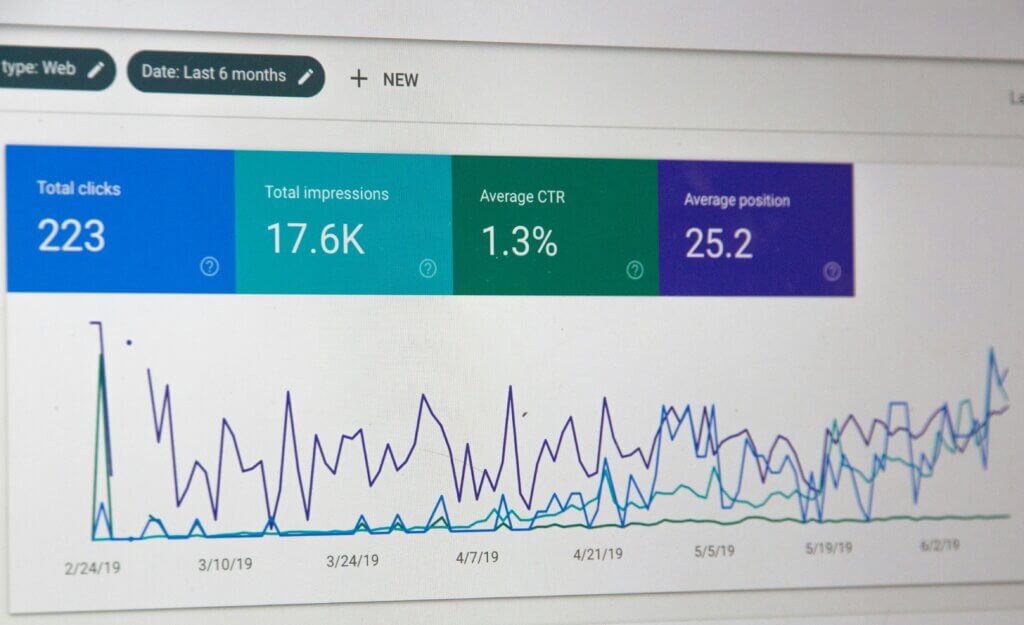
We live in a data-driven, results-oriented world. Today, executives want to understand how communications impact the bottom line. This is why it’s critical that communications professionals measure their performance and demonstrate value through reporting.
By comparing a completed campaign against quantifiable metrics, communicators illustrate a campaign’s effectiveness and showcase the importance of their work.
Reporting also helps answer questions like:
- Were the goals and objectives reached?
- Were the target audiences reached?
- What worked well? What adjustments are needed?
- Do the results align with the strategy?
- What insights can be gleaned to make future refinements and improvements?
Communications professionals should consider the following best practices for reporting:
- Reporting begins at the initial stages of a campaign.
As part of the strategic planning process at the outset of a campaign, clearly define the goals, objectives, and measurements of success. Discuss with your client and draft a strategic plan that answers the following questions:
- What does success look like?
- How does the communications plan tie into the company’s business strategy and overall objectives?
- What communications channels will be utilized, and which key performance indicators (KPIs) will be used to monitor results?
- What is the frequency of reporting?
- Review past performance metrics to establish a baseline.
An initial audit or review of past results can help influence the current campaign strategy and provide baseline metrics to compare against in your reporting. With this information, you can better analyze what strategies have worked and should continue, but also what adjustments need to be made to achieve results that align with the goals.
- Utilize trusted industry tools to capture and analyze metrics.
Metrics can vary by report depending on KPIs, but standard metrics include mentions, reach, impressions, engagement, sentiment, and website visits. Use reputable third-party monitoring and reporting services to provide these data points.
- Provide context around the metrics. Don’t merely collect and report quantitative data, but also analyze and interpret it. Illustrate how the data connects to business outcomes and helps drive future communications strategies.
A complete report will include performance metrics in data form. Just as important, it should also include a narrative which reiterates the campaign goals and objectives, as well as the strategy and tactics used, and the results.
When compiling the report, share key insights that can be shared with leadership teams. Articulate the noticeable trends. For example, in a social media campaign, if posts with videos routinely earn higher engagement than those with still photography, point this out in your report to inform future campaigns. If pitches with human interest-type angles regularly receive more interest and coverage from news outlets than those without, note that in your report.
Also, outline any changes or unexpected circumstances that impacted results, and how future campaigns will be adjusted.
- Consider the value of qualitative data.
Qualitative metrics like brand reputation and public favor are hard to measure but can be important to understanding a brand’s impact. Listen for feedback, testimonials, and reviews from audiences, stakeholders, and peers on campaigns and initiatives, and include those findings in your report as well.
Elmore is proud to deliver comprehensive reporting to all our clients. Reach out to learn how we can bring value to your organization.
